The migration season from July to October is considered the best time of the year to visit the Masai Mara. Game viewing is optimal at this time as there is plenty of predator and prey interactions.
Park Fees
Park fees – Per Person Per Day (pppd)
NON RESIDENTS
Non Resident Adults Inside the park – US$ 70
Non Resident outside the park – US$ 80
Non Resident Children inside the park – US$ 40
Non Resident Children outside the park -US$ 45
Non Resident Student Adult – US$ 40
Non Resident Student Children – US$ 20
EAST AFRICAN CITIZEN (Ksh)
Citizen Adults – Ksh. 1000
Citizen Children – Ksh. 200
Citizen Student – Ksh. 200
EAST AFRICAN RESIDENTS (Ksh)
Resident Adult – Ksh 1,200
Resident Children – Ksh 300
Resident Student – Ksh 300
Vehicle charges – Per Vehicle Per Day
Vehicle 5 seats or less – Ksh. 400
Vehicle 6 seats but less than 12 – Ksh. 1,000
Vehicle 34 seats but less than 24 – Ksh. 3,000
Vehicle 25 seats but less than 44 – Ksh. 4,000
Vehicle 45 seats and above – Ksh. 5,000
Truck Charges – Per Visit
Truck 1-3 ton – Ksh. 700
Truck 4-7 ton – Ksh. 2,500
Truck 8 ton and above – Ksh. 3,500
Aircraft – Single Landing Fees
Aircraft with less than 3 seats – Ksh. 300
Aircraft 3 seats but less than 6 seats – Ksh. 500
Aircraft 7 seats but less than 14 seats – Ksh. 1000
Aircraft 15 seats but less than 20 seats – Ksh. 2000
Aircraft 21 seats and above – Ksh. 3000
Balloon Service
Operating permit – Ksh. 100,000
Landing fee per person per landing – US$ 50
Cinematography
1-5 persons per week – Ksh. 30,000
6-20 persons per week – Ksh. 50,000
Over 20 persons per week – Ksh. 100,000
SPECIAL CAMPSITE RESERVATION
Special Campsite reservation fee per week – Ksh. 10,000
Special Campsite cancellation fee on reserved sites – Ksh. 10,000
PRIVATE conservancies have a higher rate. Normally about US$80 pppd.

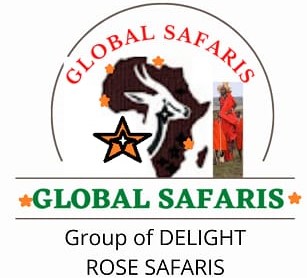







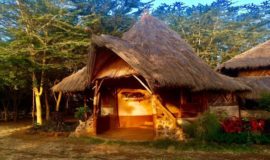






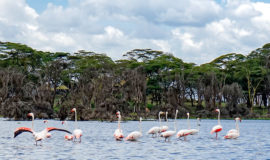
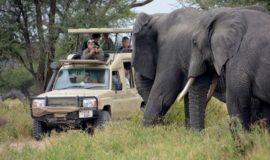

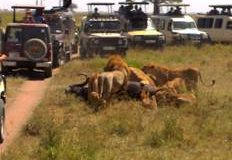



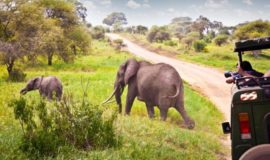
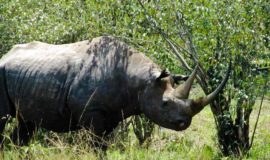


 Talk to Us
Talk to Us